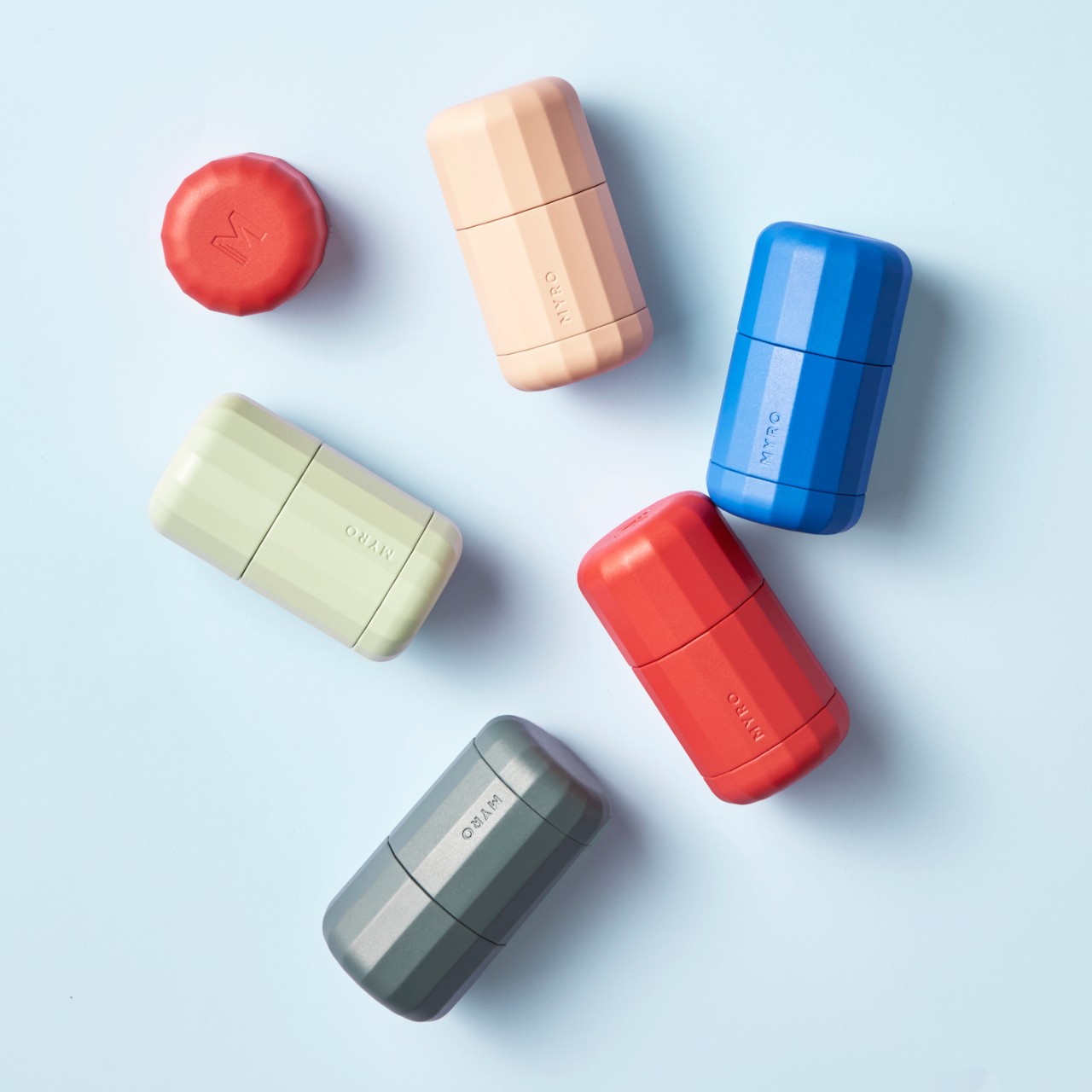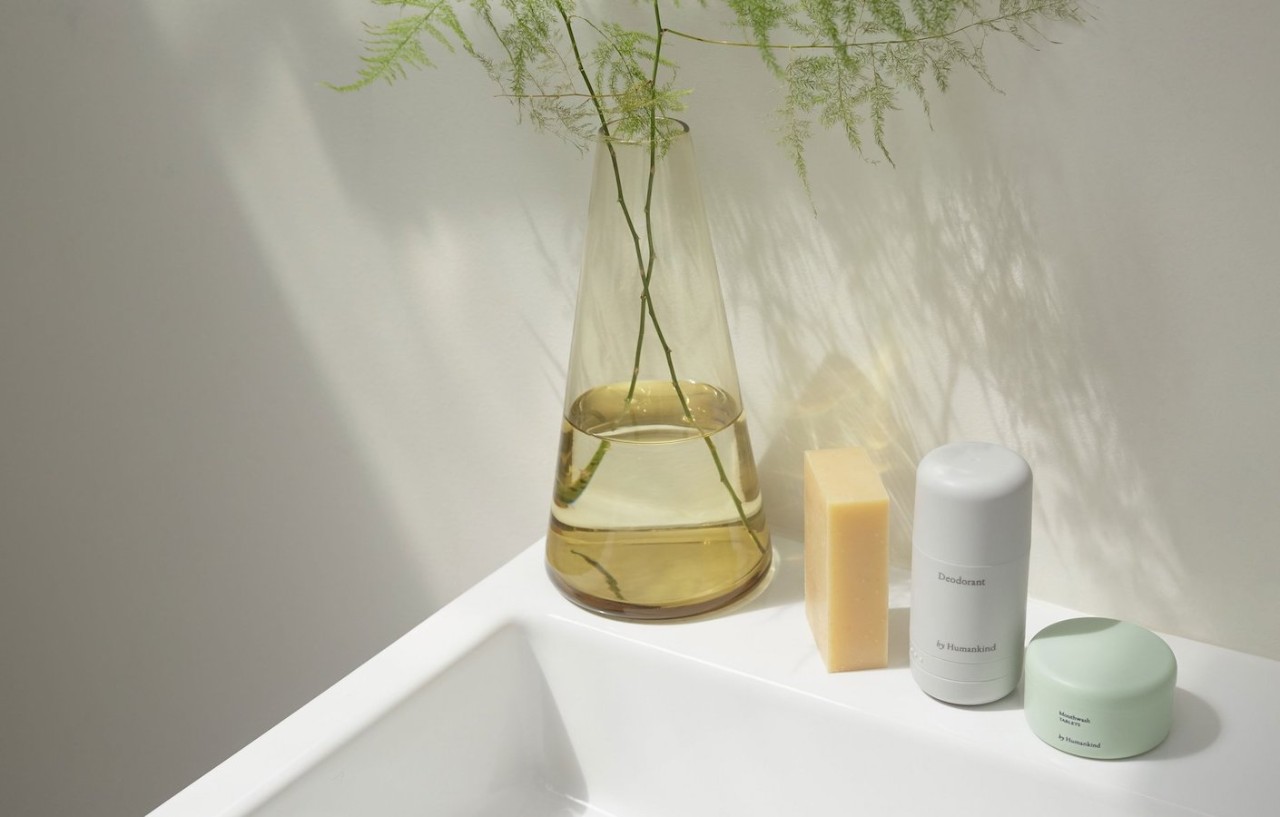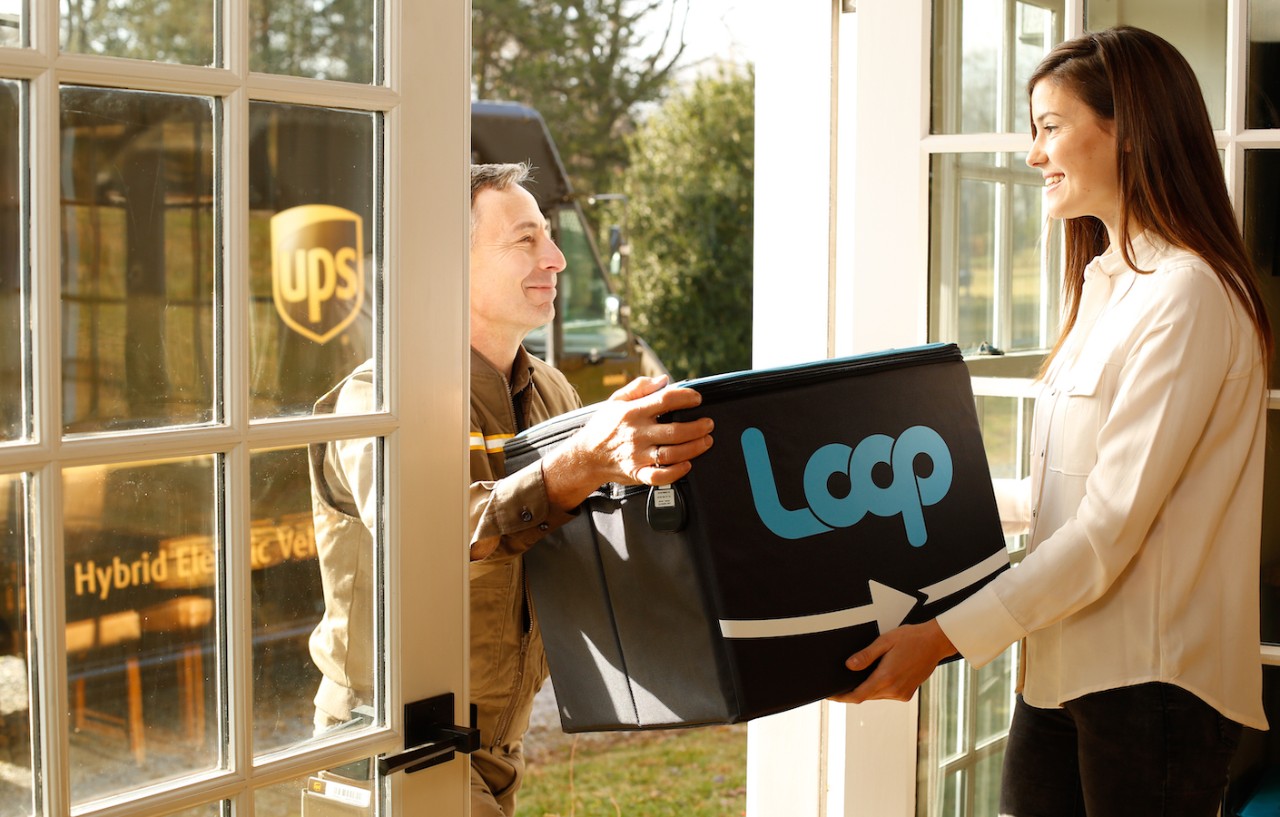Refillable beauty packaging is becoming aspirational
More beauty brands are embracing refills, once a niche concept, and redesigning their products to make them a luxurious proposition.
In many ways, the beauty industry tends to follow what’s happening in food. Take natural beauty – now a £27.6bn business globally, according to Future Market Insights – which found success in the message that we should demand the same quality of ingredients in what we put on our skin as in what we eat. And just as sustainability has become a conversation not only about products, but about packaging, so too have single-use plastics come under scrutiny in the beauty world.
In the US, 80% of consumers say that if given the option to buy products without single-use plastic packaging, they would do so, while 62% of UK consumers say recyclability and reducing plastic packaging are now the main drivers of their purchases (sources: Shelton Group; ThoughtWorks). For beauty consumers specifically, Mintel found that one-third of UK female beauty buyers aged 16–24 want retailers to inform them which products are environmentally friendly. And while natural beauty brands have led the way in environmental awareness of packaging, a new category of premium personal care and beauty brands is emerging that combines the sustainability of refillable products with the sleek aesthetic of luxury goods.
Crucial to luxury beauty packaging is the weight, texture and tone of a product, as such sustainability is often not a priority. But premium fragrance company Bond No. 9 sought to create feelings of desirability while reducing its packaging footprint when designing its first cosmetics product, a refillable lipstick set. The Bond No. 9 New York Lips set comes with a keepsake gold case and one lipstick in a biodegradable shell that easily snaps into the permanent case. Speaking about its longevity and luxurious appeal, former Allure digital deputy beauty editor Sophia Panych wrote in a review: ‘[The case] is something that you’ll want to keep for ever and then hand down to someone special.’ Similarly, Danish cosmetics brand Kjaer Weis took several years to hone in on the design of its refillable compact, which is a weighty metal case. ‘We wanted something that looked and felt luxurious, not just another thing to discard… similar to jewellery boxes,’ explains the brand. ‘[It’s] the perfect embodiment of how beauty, luxury and sustainability can coexist.’

And then there are the products that have never felt that luxurious that are being rebranded and repackaged to demonstrate that eco-aware products can also be design-conscious. Take organic deodorant, for instance. The natural beauty category has enjoyed tremendous growth in recent years, and is expected to post a CAGR of over 12% from 2019 to 2023 (source: Technavio), yet it tends to be packaged in complex, multi-part plastic containers that can be difficult to recycle. But brands like Myro and By Humankind aim to make deodorant packaging more sustainable while also upgrading its shelf appeal. Myro’s refill system means that users keep the sturdy plastic outer packaging, and recycle the inner pods once the deodorant is finished, resulting in 50% less plastic in the packaging. By Humankind has a similar system with a permanent plastic case, and deodorant refills coming in a recyclable paper pod. For both, the aesthetics of the plastic container was important since it is meant to be a permanent part of a user’s bathroom routine. ‘In order for consumers to consistently use a refillable product, it has got to be both aesthetically appealing and functionally well designed,’ Greg Laptevsky, founder and CEO of Myro, told Fashionista.

It’s a perspective that drove cleaning brand Method to collaborate with the San Francisco Museum of Modern Art (SFMOMA) on a limited-edition glass hand soap bottle. The brand, which is known for its line of non-toxic cleaning products for the home, has a line of refill pouches for many of its cleaning products, but this is only a small portion of its business. The multi-faceted glass bottle, designed to replicate a gemstone and available solely at SFMOMA, is an experiment to see whether design can encourage more sustainable behaviour. ‘With this bottle, what we were hoping to do was to bring some of our commitments to sustainability and design together and kind of use as a test – and see how the consumer responds,’ says Saskia van Gendt, Method senior director of sustainability, told Fast Company.
One of the biggest hurdles still to overcome for refillables is ensuring that consumers keep up with the habit – sometimes refills are just not that convenient. But waste management firm TerraCycle aims to add the convenience of online shopping to refillable products with Loop, its online store. Working with corporations like Nestlé and Procter & Gamble, it has created an e-commerce platform of common consumer goods like ice cream and detergent, stored in re-usable packaging. Consumers can buy these goods online, receive them in refillable packaging, return the empty product once finished and then receive their next order while the old packaging is sterilised and re-used. In February, Loop announced it had secured its first premium beauty brand, Ren Clean Skincare, for the scheme. Ren, which is working towards being a zero-waste company by 2021, launched six of its best selling products – face wash, body wash and body lotions – to sell through Loop in glass refillable bottles.

While the concept of refillable packaging is nothing new, each of these companies are exemplifying the next stage in refillable beauty, where it is not only admirable but aspirational. As the aesthetics of refillable packaging become more refined, it will become as coveted as designer logos and luxury creams – something to display on the bathroom shelf to show off one’s beauty regimen alongside one’s eco-credentials.
Avery Dennison M_Use Notes by Amy White
Even packaging that doubles as a refillable keepsake needs to be packaged or labelled. Avery Dennison offers one of the most comprehensive portfolios of peelable solutions in the market, including general purpose, application-specific and ultra-removable adhesives. It means dependable performance across a broad range of substrates and applications and no impact to the aesthetic of the packaging or container. Click here to learn more
Label materials can be sustainable and beautiful to look at and touch. As an example, our new crush range, launched in Europe in September, is a new line of paper face stocks made of recycled paper and organic waste. Supporting a transition to a circular economy, converters and brand owners can choose from face stock made with 15% grape, citrus or barley waste, along with 40% FSC-certified recycled paper.
Using a digital trigger on products offers access to an abundance of information about the product such as ingredients, provenance and certification/authenticity. This provides the opportunity to minimise packaging, while still ensuring that consumers are well educated and informed about their purchases.
Avery Dennison’s Janela Solution provides every item with a unique digital identity and consumer engagement trigger such as a QR code or NFC tag. This creates a 1:1 line of communication between the brand and the consumer, which can last the lifetime of the product – offering brands a permanent marketing channel to their consumers and allowing them to create bespoke content, offer rewards and promotions and even provide the option to re-order refills through the product itself.
RFID technology can be used to keep track of re-usable packaging when it goes in for sterilisation and back into the supply chain process – helping to reduce waste and keep track of usage – and, as an example, would facilitate a subscription service model for beauty.
